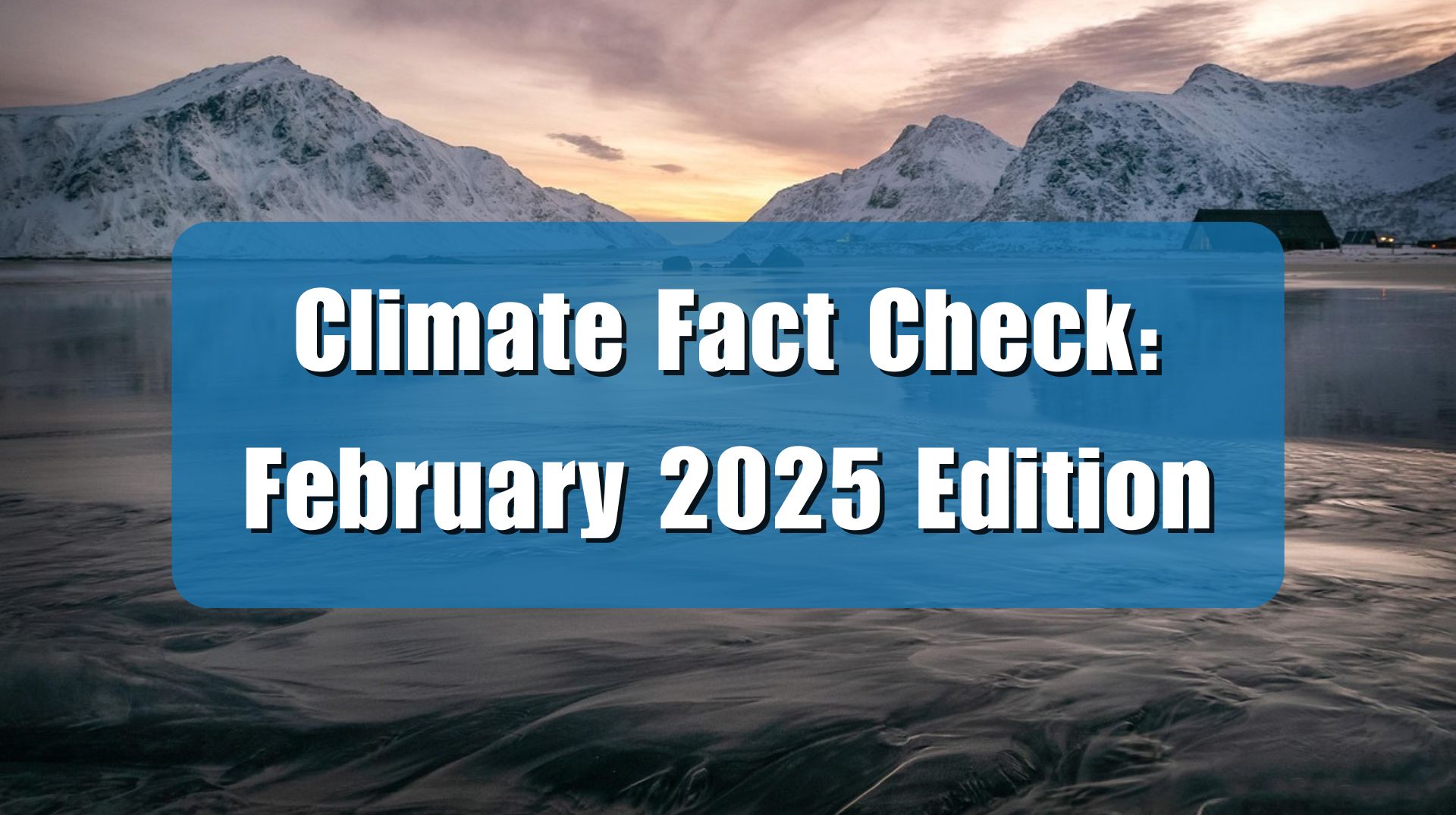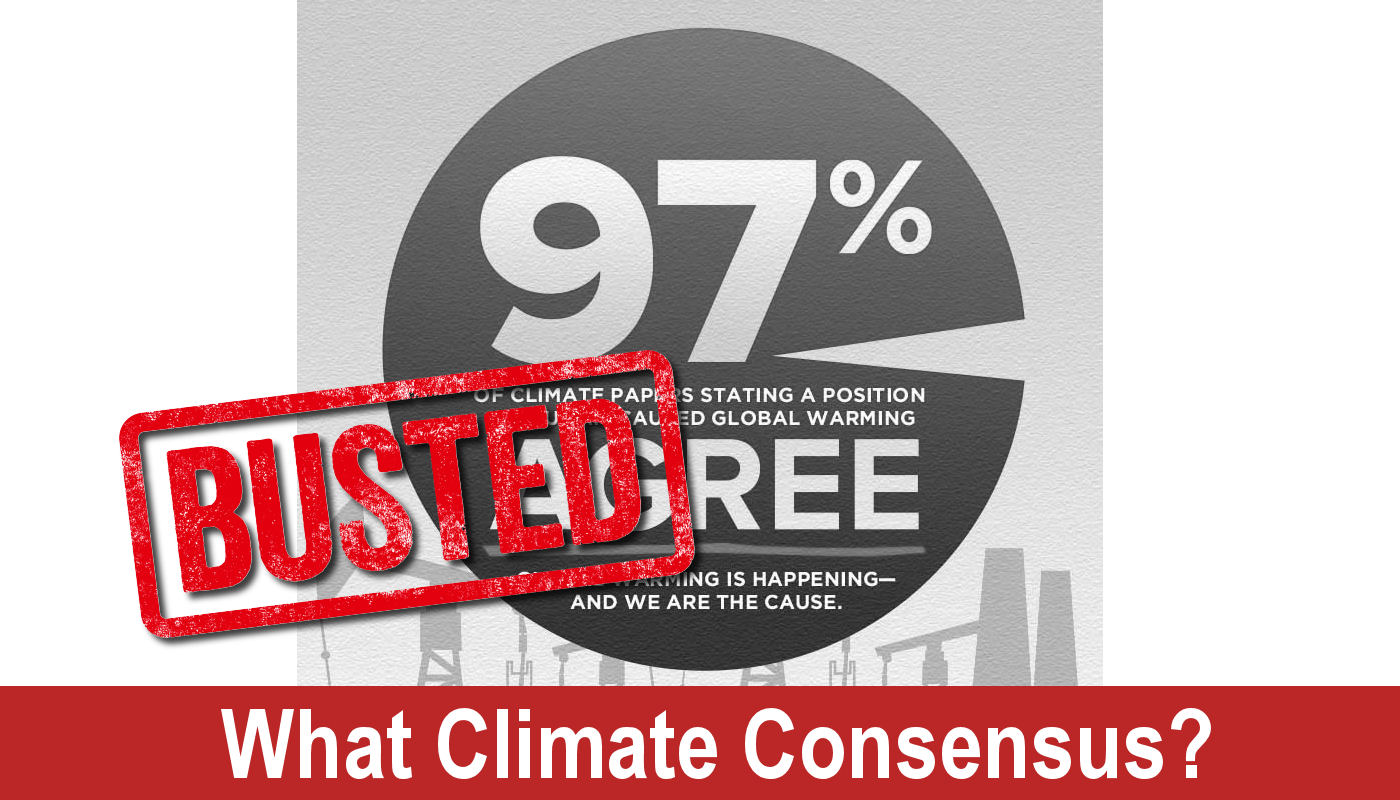Reuters published an article discussing a new report ‘Energy Delusions,’ published by a former chief of the International Energy Agency (IEA), in which the IEA is criticized for its bias towards so-called renewables and a transition away from fossil fuels, which the report argues is misguided. Reuters provides a balanced discussion of the report. The report shows that in recent years the IEA has eschewed its historical role of providing unbiased assessments of the current state of energy production and use and the reasonably expected future based on current technologies, demand, and politics. Instead, the IEA has been engaging in aspirational modelling, with a bias in their reports and forecasts toward promoting a transition to renewable power.
Reuters’ article, published at NewsBreak among other outlets, “IEA comes under pressure from former oil market chief to cut energy transition focus,” summarizes parts of a report written by Mark P. Mills, director of the National Center for Energy Analytics, and Neil Atkinson, former IEA head of oil industry and markets. The report, titled “Energy Delusions: Peak Oil Forecasts,” is specifically critical of the IEA’s assumptions about the oil market and the trajectory of other energy sources.
Reuters reports:
The report identifies 23 assumptions made by the agency that led to what it calls a flawed conclusion that global oil output would peak by 2030, and that no new oil and gas investment was needed.
The report says the IEA underestimates growth in emerging economies as well as in plastic and petrochemicals markets, and overestimates the pace of electric vehicle adoption.
The report’s critique is thorough and impressive, in part reflecting concerns that other energy focused organizations have raised in the past about the IEA’s recent seemingly wishful projections about the renewable energy transition that it has presented as earnest, accurate forecasts. Climate Realism covered one such IEA report previously, here. That report proposed a phaseout of most fossil fuels by 2050—something industry and economic experts alike agree is more fantasy than reality.
There are too many critiques in the ‘Delusions’ report to delve into individually here, but there are a few that stand out.
First is the IEA’s idea that the electric vehicle (EV) market share will rapidly increase and that there will be large scale adoption of electrified heavy-duty vehicles like trucks and airplanes. The report points out that the data on adoption rates and trends in government action belie the IEA’s projections. It also points out that the costs and “enormous degradation in performance,” in the case of heavy-duty electric trucks, with current technologies and those in development prohibit mass scale adoption.
The increasing rejection of EV mandates confirms this, as does the low adoption rates, especially when government support is withdrawn. Such is the case in Virginia, where the Governor withdrew the state from its plan to join with California in mandating 35 percent of new car models sold by 2026 should be electric. Only 9 percent of cars sold in Virginia as of 2023 were electric.
Another telling point the ‘Delusions’ report makes is that the IEA wrongly assumes oil growth in emerging markets, like African nations, will be low. The report points out that trends and public statements suggest that underdeveloped nations are far more likely to demand high amounts of fossil fuels to accelerate development, not the other way around.
Some countries like Indonesia are making this very clear. Jakarta approved a huge increase in coal production, with an eye on continuing to reduce poverty and secure electric stability. Developing countries that have them are also likely to increase the production of their own domestic reserves of fossil fuels, both for internal use and for trade.
The report points out that the IEA strangely asserts that “most renewables are considered 100% efficient,” which is false from a physics standpoint. The Delusions report calls it “a silly PR-centric rhetorical flourish.”
Renewables are not 100 percent efficient; no energy source is. The argument behind this claim makes sense only at the shallowest level, that is, since there is no combustion process for wind and solar, there is no energy loss. The report points out that this is just false, both from a physics standpoint as well as the realities of the materials and construction required to manufacture the energy plants. Taking solar as an example, the authors write;
A conventional (widely used) PV cell converts ~15% to 20% of the available energy in incident photons into electricity. The physical scale, economic, and materials costs of solar electricity are, self-evidently, dictated by that inefficiency and the very low energy density of the primary source (incident solar energy).
These are just a few examples of the flawed logic IEA uses to promote the idea that a global energy transition away from fossil fuels is plausible in the near future. The “Energy Delusions” report does a wonderfully detailed job of pointing out exactly where the IEA goes wrong and is worth the time investment to read. Reuters also did an admirable job covering the conflicting analyses, managing to avoid toeing the line for either side. For instance, it provided the IEA’s response to the critiques contained in the report without editorializing.




















